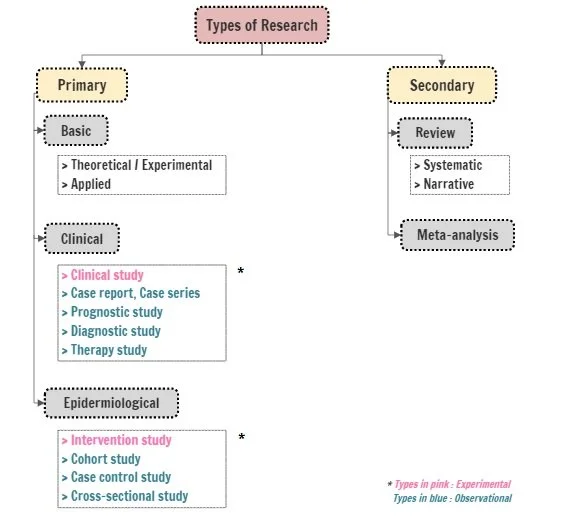Introduction
What makes a good research?
Have you ever wondered why certain risk factors predispose one to certain conditions? Or how dental materials with different properties are developed for different applications? Every answer germinates from a question, and research nurtures these seeds of inquiry.
Research is the systematic investigations carried out via scientific methods to help us uncover new knowledge.1 It fuels the evolution of dentistry, which translates to improved patient care delivery.2 As we expand our depth of knowledge, we can improve our understanding of oral conditions, develop better clinical practice guidelines, innovate newer biomaterials, and construct more conducive health education and policies.3 Research enhances our current knowledge and helps us improve patients’ quality of life. A research-infused dental curriculum also helps cultivate dental graduates with superior problem-solving and clinical decision-making capabilities, therefore, equipping them with the foundation to practise evidence-based dentistry.3
Now that we understand the significance of the research, let’s find out what it takes to make high-quality research! High-quality research is the precursor for reliable evidence and is also the cornerstone for meaningful publication. The underlying robustness of research contributes directly to the level of confidence one might have towards the evidence it presents. High-quality research will consist of 4 :
Types of research studies
For your information, there are different ways to classify the types of research studies. The most common classification would be the one according to the type of research data that you would like to collect. It can be broadly classified into quantitative and qualitative research. Examples of quantitative research are surveys and experimental studies that involve numerical data while qualitative research is reviews and case studies.
To get a holistic idea, you may refer to the chart below.
For more details, click here.


